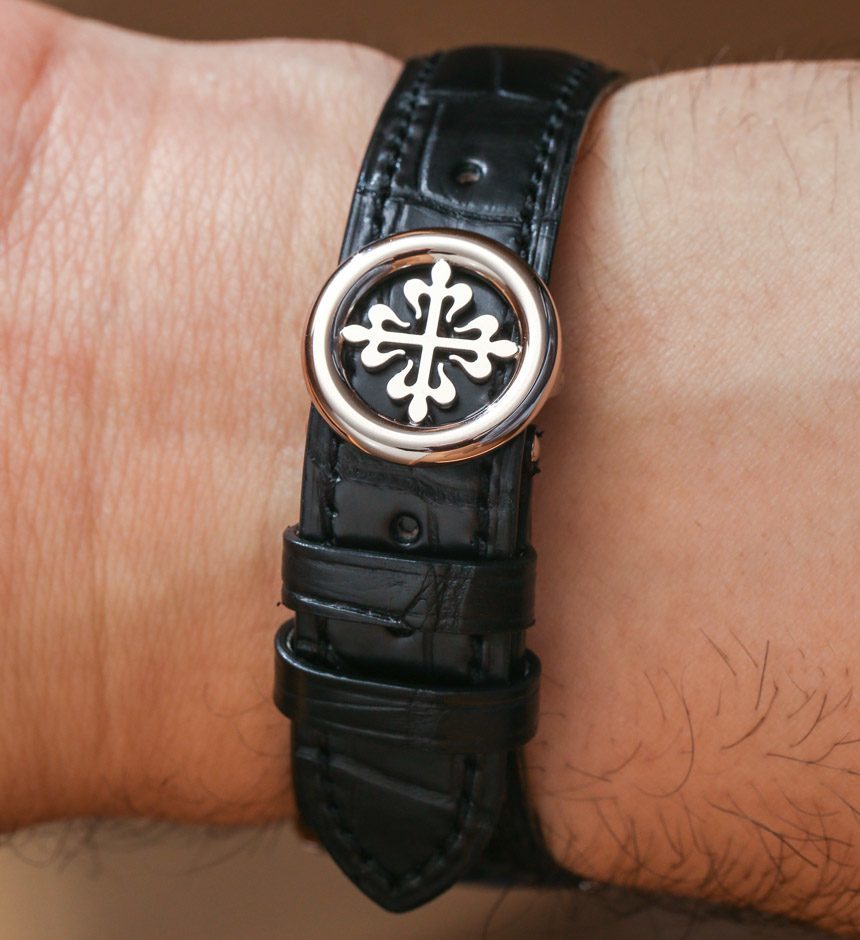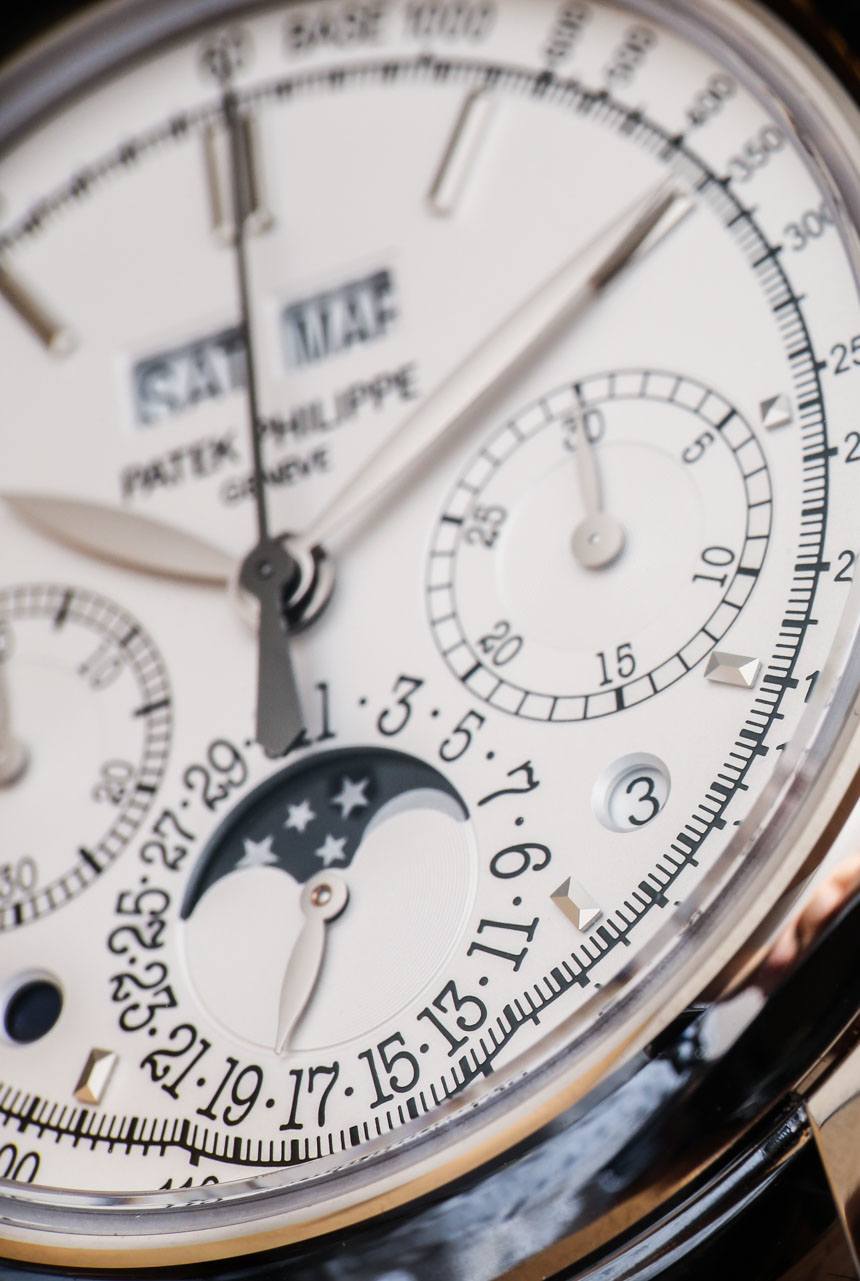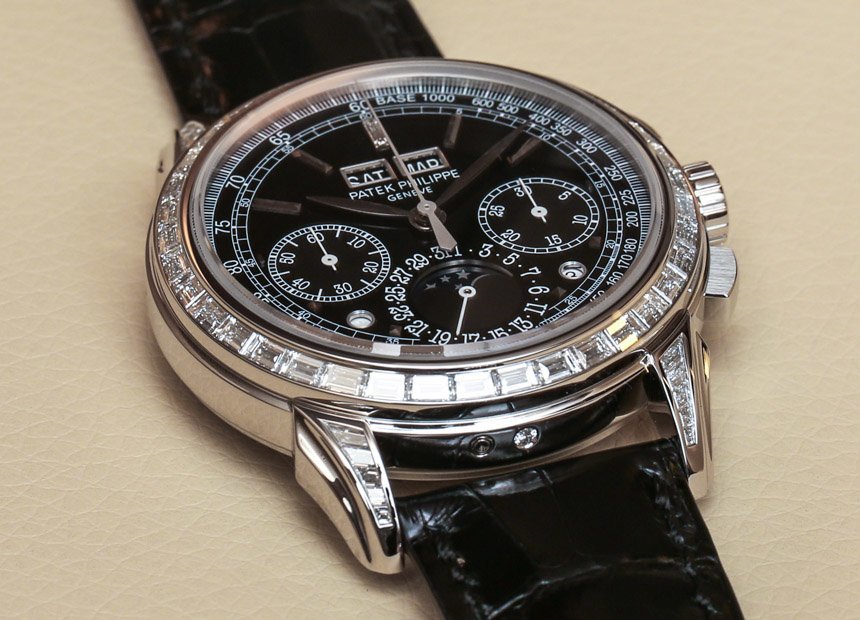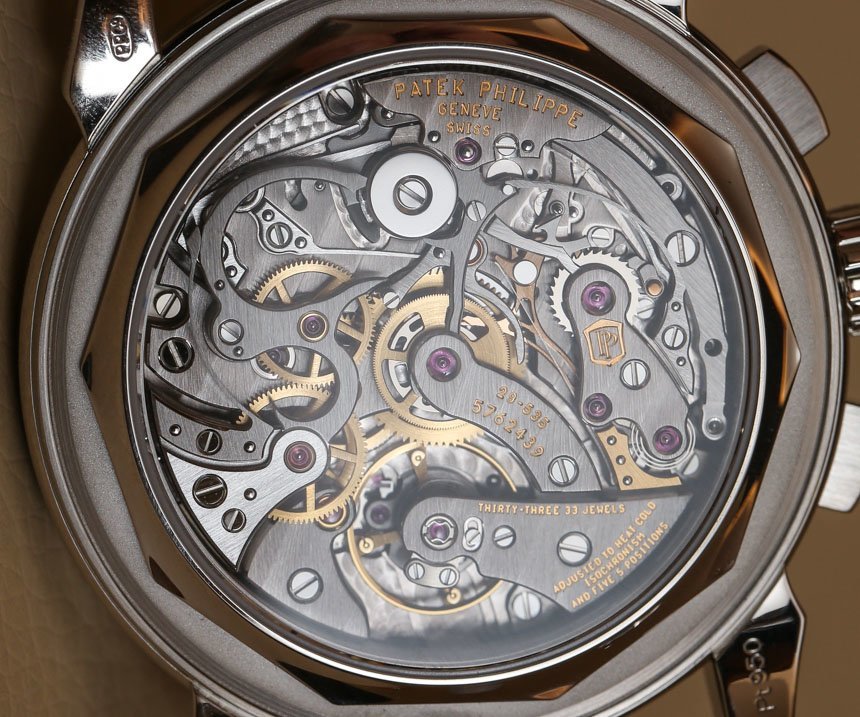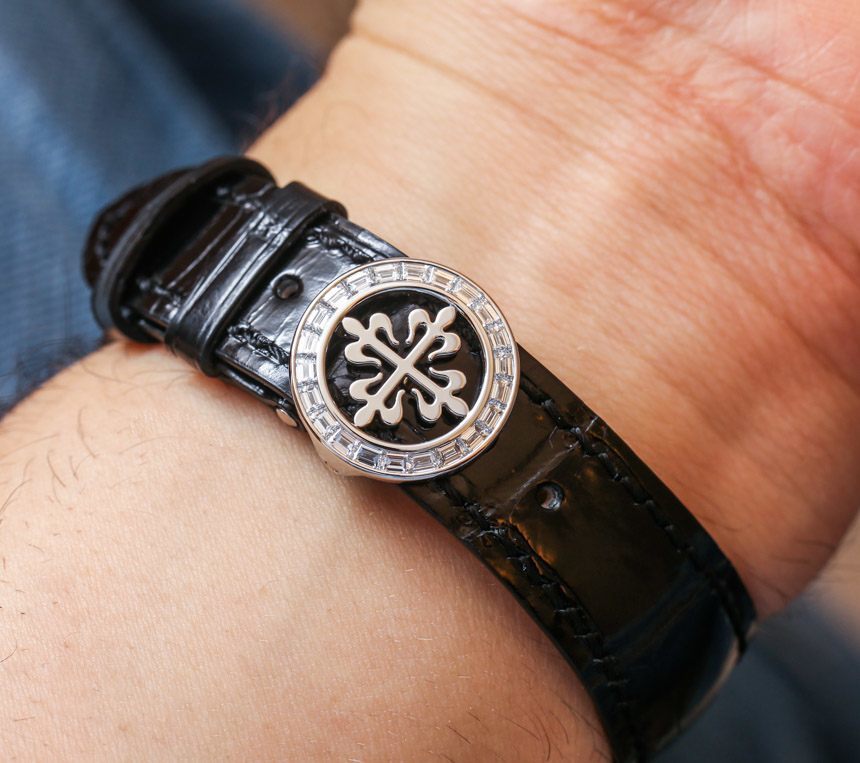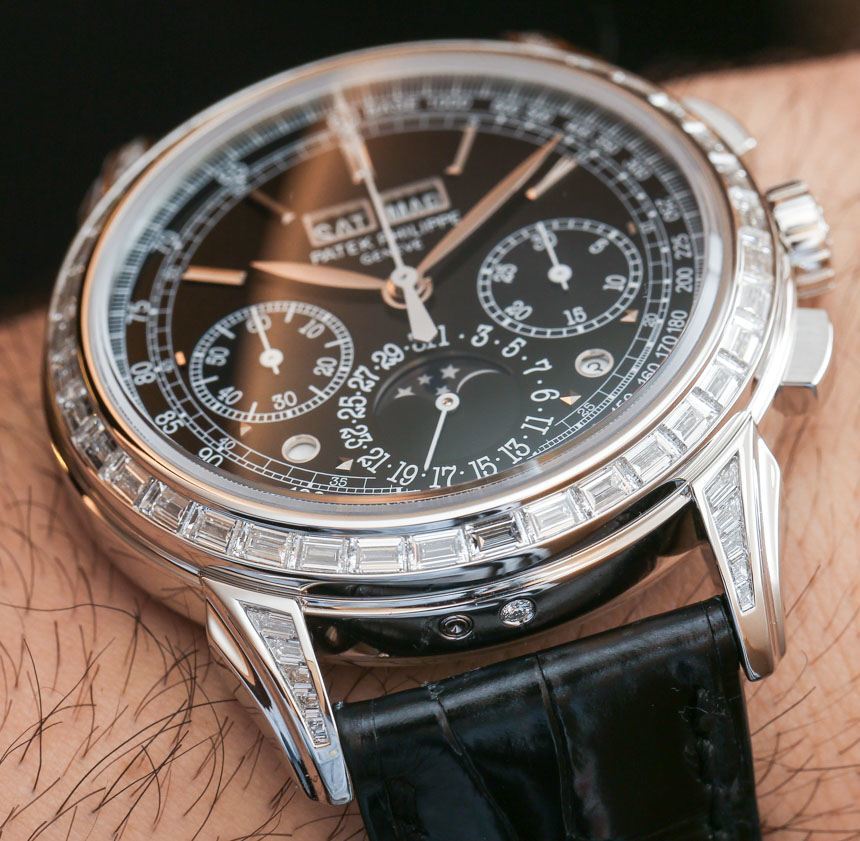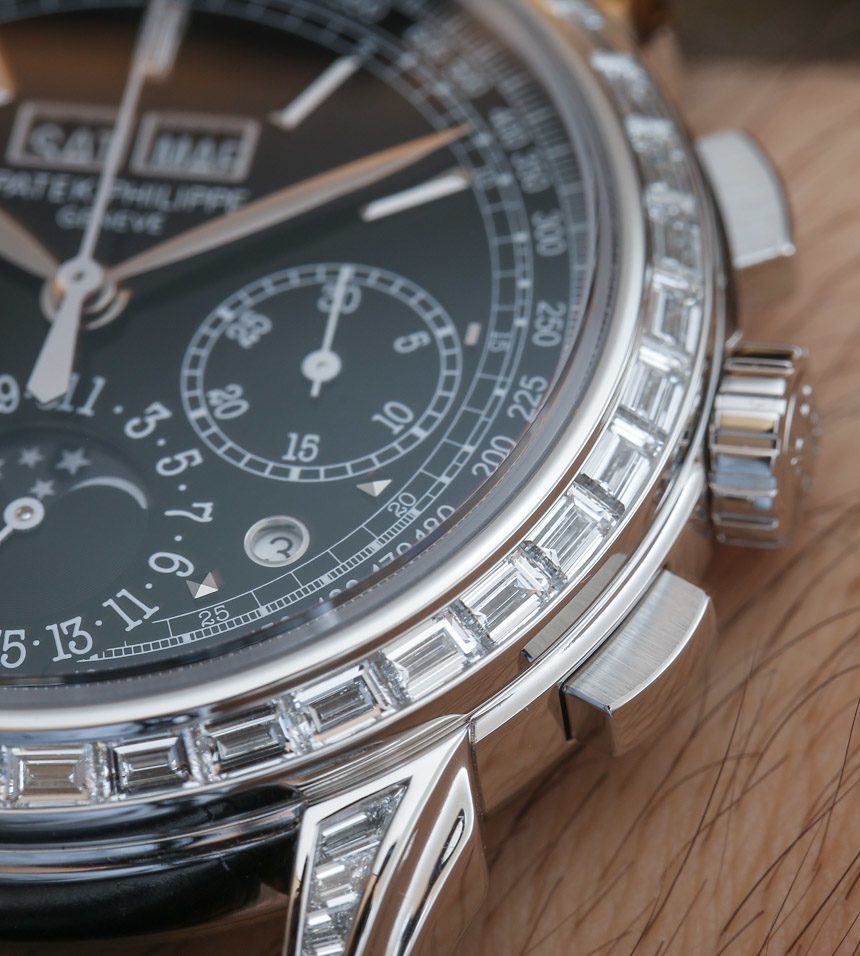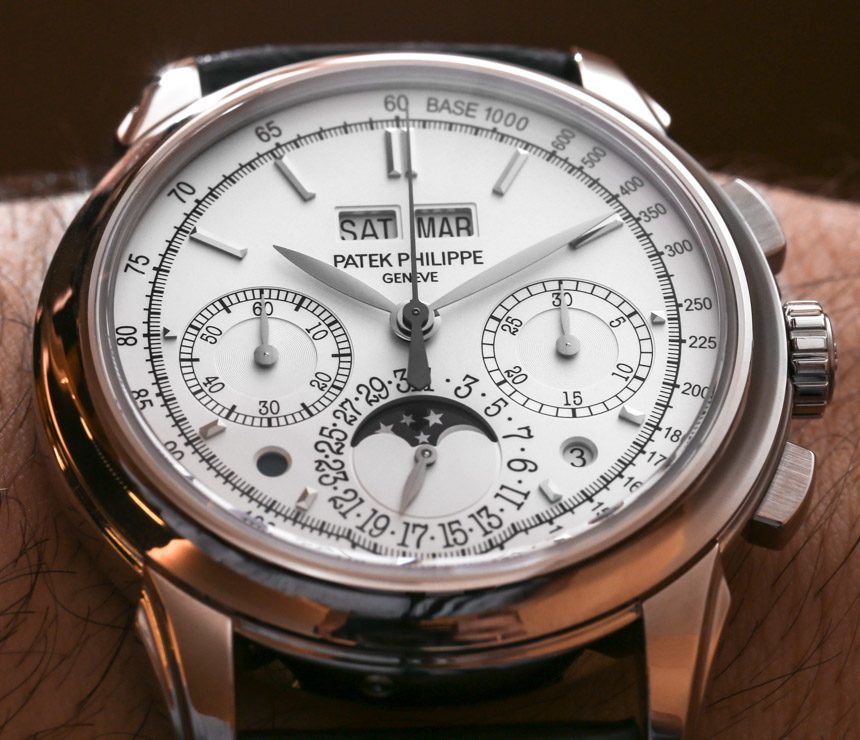
Patek Philippe released the original ref. 5270 watch in 2011, which we covered here. I am not normally a major Patek Philippe watch lover, but this model did it for me on various levels. I would say that if I had to choose something in the Patek Philippe watch collection, it would be some version of the Patek Philippe 5270 Perpetual Calendar Chronograph. Its simple, straight-forward looks can be deceptive once you learn that Patek Philippe includes this model in their “Grand Complication” collection. While that label mostly refers to the complicated nature of the movement, it also means that models of this type aren’t going to be all that available in retail locations, given their difficult to come by nature. While standard Patek Philippe watches may be common, Grand Complication models of this ilk is where most of the love is in the collector arena.
So let’s take a look at three of the new Patek Philippe 5270 watches (well, one of them is a 5271) that are new for 2014. There is no real definition out there for the term “grand complication,” but I mostly use it when referring to a watch whose movement combines a chronograph, perpetual calendar, and minute repeater. This timepiece lacks the latter so I am not sure what you’d call it, but if Patek wants to refer to it as a “grand complication,” no one is going to stop them. What made me really fall for the Patek Philippe 5270 collection is the size, case and dial design, as well as the ultra legibility that Patek Philippe is known to excel at when they really try, given a combination of dial layout decisions and materials.
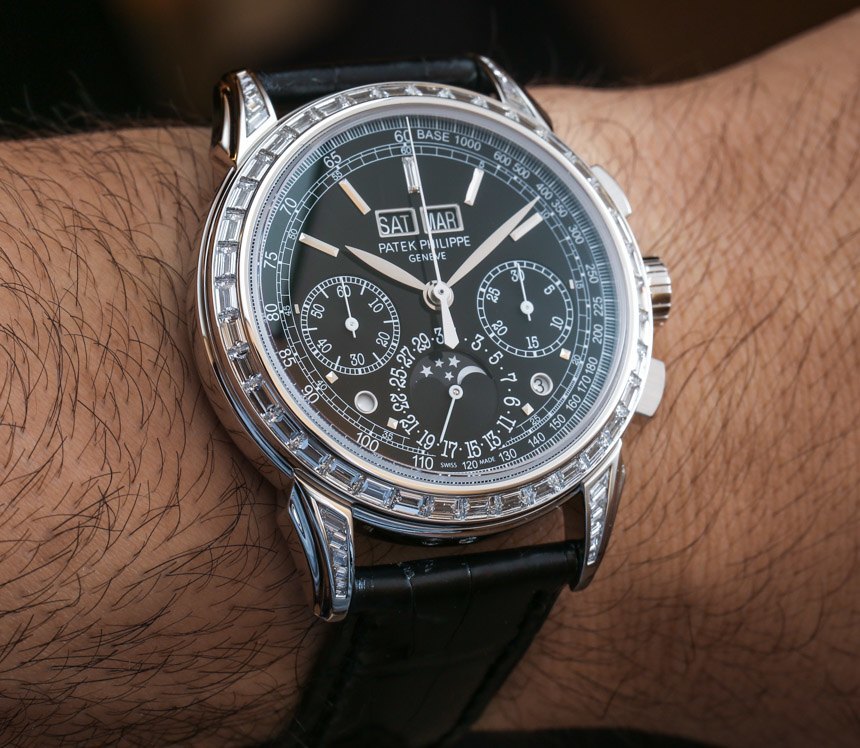
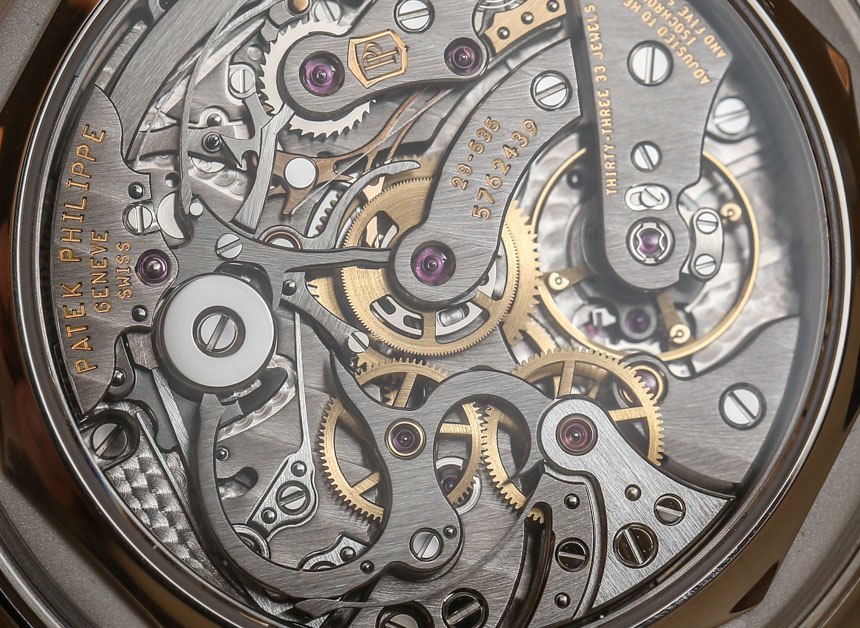
At 41mm wide, this is among the larger “classic looking” Patek Philippe watches out there. Most other watches of this ilk in the Patek Philippe collection are more historic and smaller in size, being under 40mm wide. This is the first “modern sized” classic looking Patek Philippe watch that was on my radar and I like how it feels on the wrist. As a dressier style watch, it looks really lovely and it doesn’t feel too small on the wrist, given my tastes. I think Patek Philippe hit a sweet spot here for classic watch lovers that normally feel Patek timepieces aren’t quite exciting or modern enough.
The first Patek Philippe 5270 (5270G) from 2011 has a silvered dial with black oxidized gold hands and hour markers that were incredibly cool. These two 2014 5270G and 5271 models use more traditional white gold hour markers and hands, but dial legibility is still very good. Patek uses a clever finishing on the hands, for example, that isn’t quite polished and isn’t quite satinized. What you get is a great level of contrast with white gold even against the white dial. Little touches such as this are why people often go ga-ga over Patek Philippe timepieces, as these types of minor details are a major part of a high-end timepiece’s secret sauce.
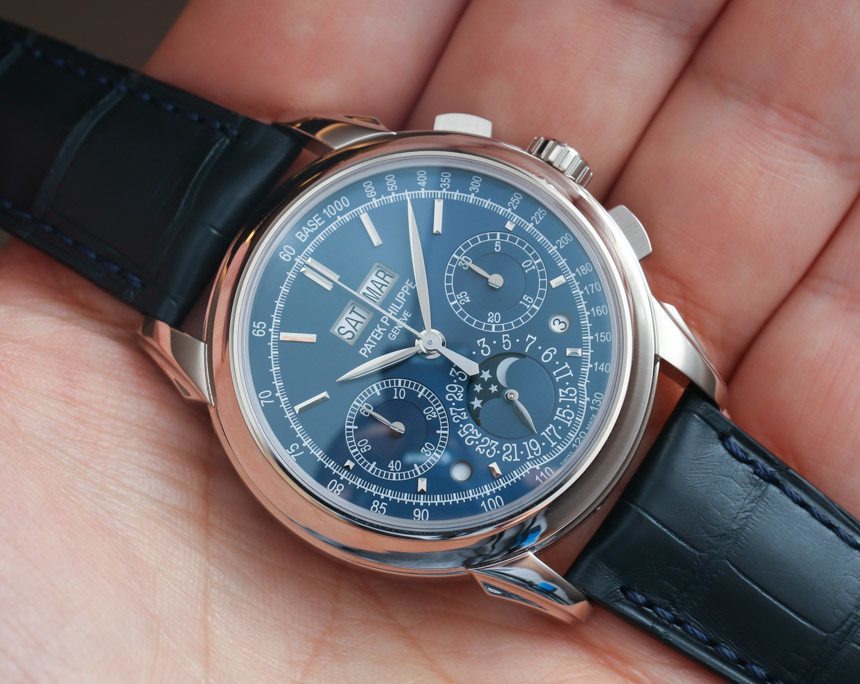
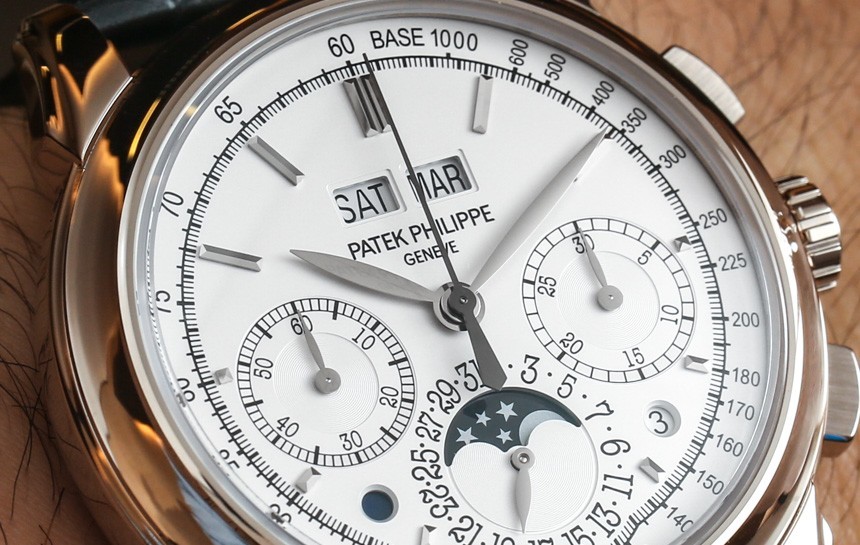
Looking at the dials of the Patek Philippe 5270 and 5271 watches, you’ll find similar refinements. While Patek Philippe has had a lot of years to study materials and perfect little elements, you’ll see an accumulated high level of sophistication in the layout of the dials and information. Here, the 12 hour chronograph and perpetual calendar with moon phase live together in harmony. To balance off the window between 4 and 5 o’clock that indicates the leap year cycle, Patek Philippe includes an adjacent window between 7 and 8 o’clock that serves as a day/night (AM/PM) indicator. That not only adds an additional complication, but also creates welcome symmetry in the dial design.
Patek Philippe also continues to use peripheral dial scales, like the tachymeter which is used in the 5270. No one uses this feature (which works with the chronograph to measure speed of a moving object), but you can consider it a still useful vestige of the past that gives the dial a sense of space and visual interest. Patek Philippe and brands like it are concerned about having dial designs be not only symmetrically balanced, but also balanced in terms of where items are placed. Dials should never feel like there is too much in one area, while there is too much white space in others. Patek Philippe is very good at ensuring this type of harmony exists on dial designs.
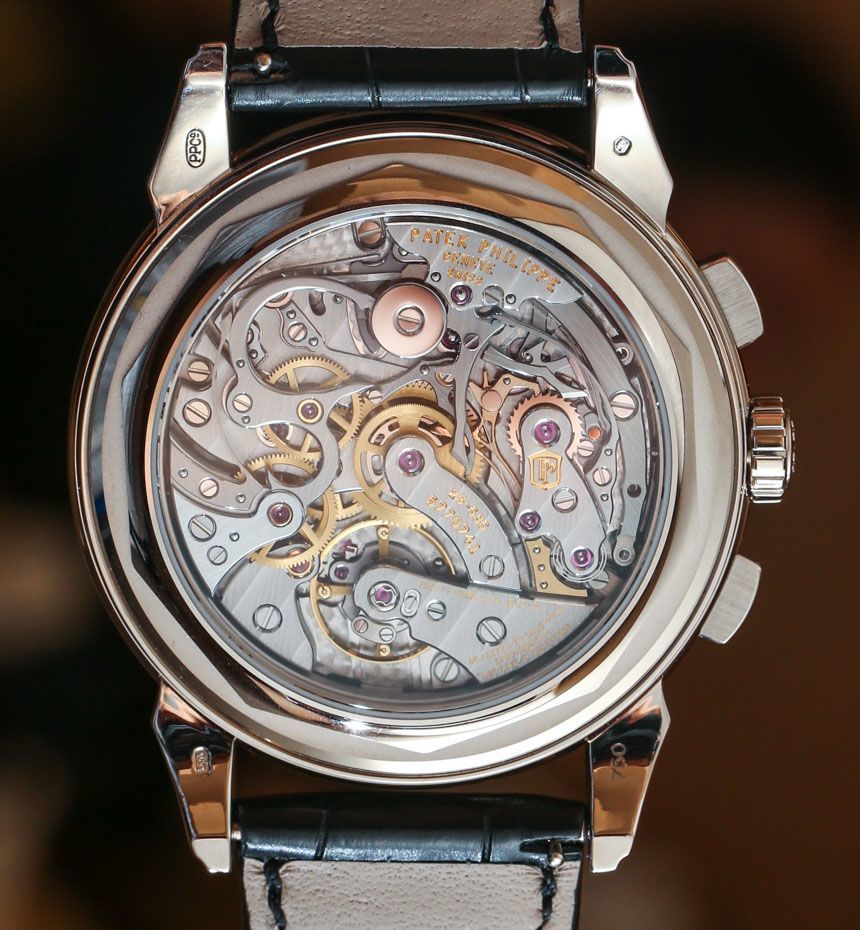
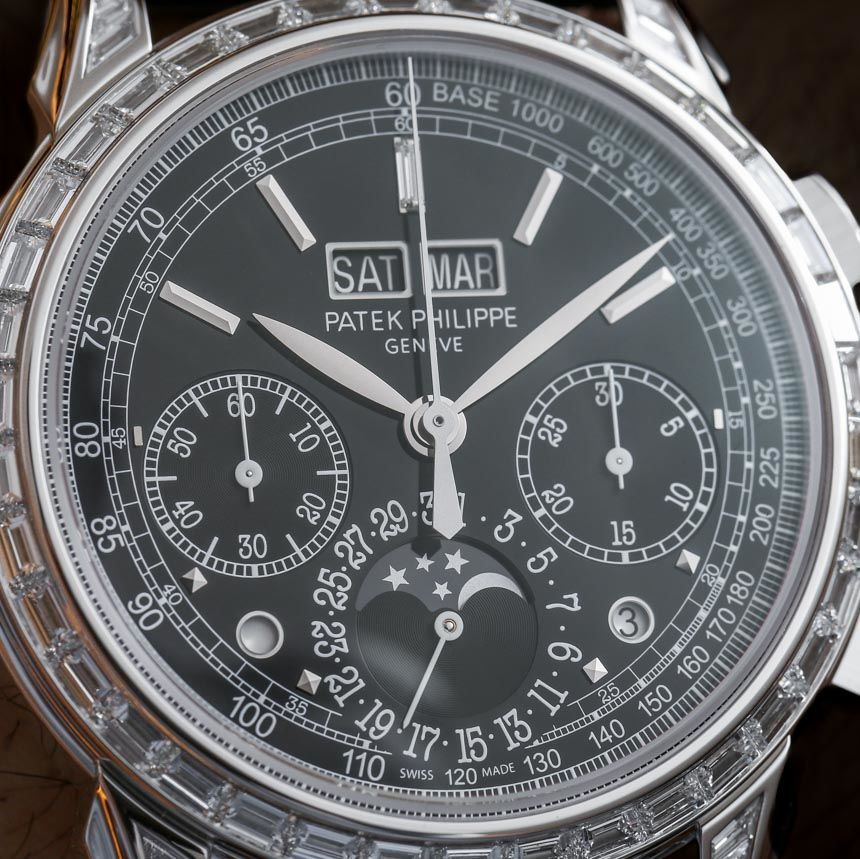
The two 2014 Patek Philippe 5270G models are in 18k white gold, while the 5271P is in platinum. With the white dial, you have the Patek Philippe 5270G-013 and the blue dial version is the 5270G-014. No other gold versions of the Patek Philippe 5270 have been released yet. I am not totally sure why the 5271 has a different name, but I can only assume it is because it comes with a lot of diamond decoration. While mechanical watch purists often have little interest for diamonds, Patek Philippe has a strong presence in countries where a lot of their customers are interested in diamond decoration for their timepieces. Thus, the Patek Philippe 5271P-001 with its platinum case and 58 baguette-cut diamonds on the bezel and lugs (about 3.63 carats) make it particularly attractive to certain clients.
All three of the watches share the same movement, which is the in-house produced and designed Patek Philippe caliber CH 29-535 PS Q. Manually-wound, the movement features 65 hours of power reserve and would be perfect if it has a power reserve indicator (say, on the rear of the movement). Even without the utility of a power reserve indicator, the CH 29-535 PS Q is a very lovely mechanism that is thankfully viewable through the rear sapphire crystal window on the back of the watch.
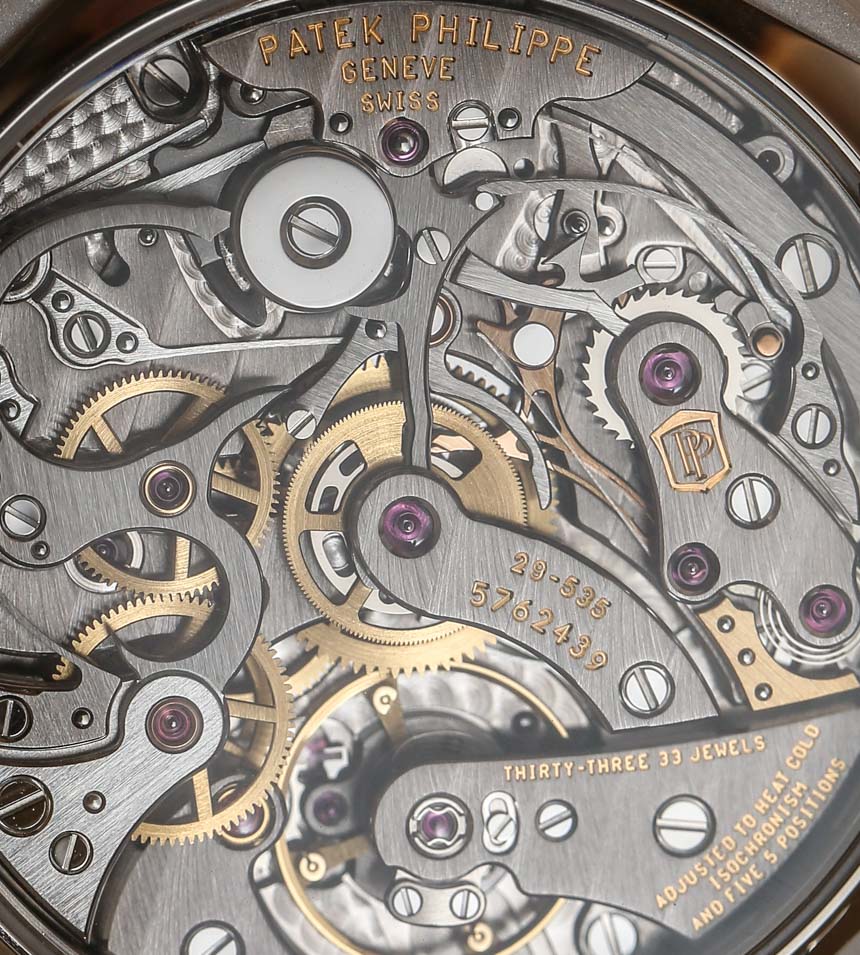
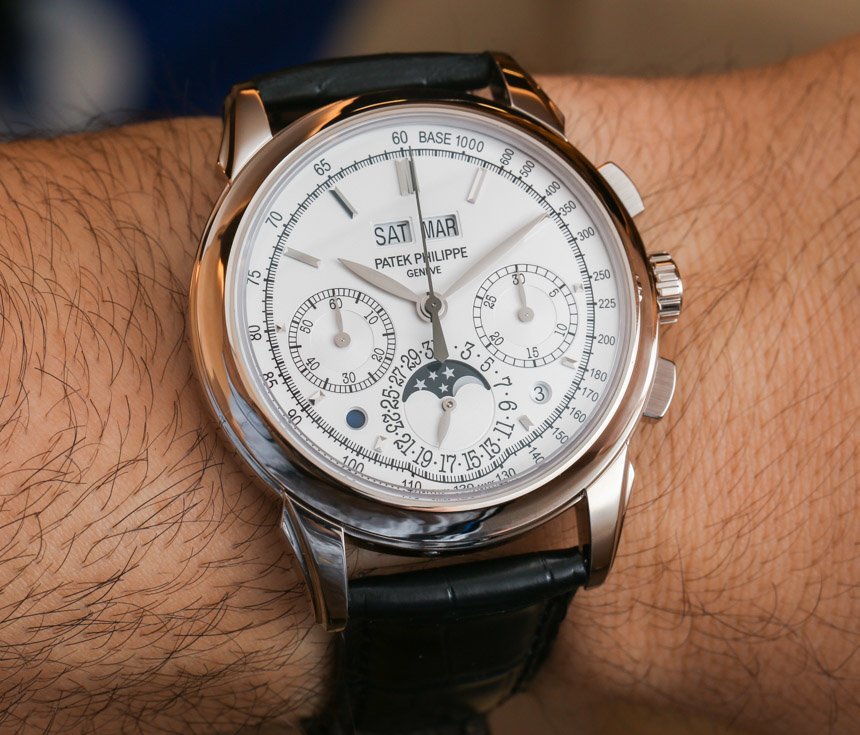
As a modern Patek Philippe movement, it has such features such as their Gyromax balance wheel (which actually isn’t all that new), but it lacks some of the interesting Spiromax silicon parts that other newer Patek Philippe watches have. This is an intentional decision, because brands like Patek Philippe are still sort of on the fence about how they want to handle silicon parts. While there are a lot of distinct performance advantages to using silicon parts in mechanical movements, there is ongoing controversy about how easy it will be to make silicon parts in the future, and how well silicon parts last over time. Some purists even feel that silicon parts have no place in a “traditional” mechanical watch movement.
Operating at 4Hz (28,800 bph), the movement is beautifully hand-finished and should satisfy even the most discerning of watch movement snobs. The movement is produced from 456 parts. It is purely classic in its execution, without any frills or avant garde design elements. This is Swiss timepiece conservatism in its most pure form, and exactly what we expect from Patek Philippe.
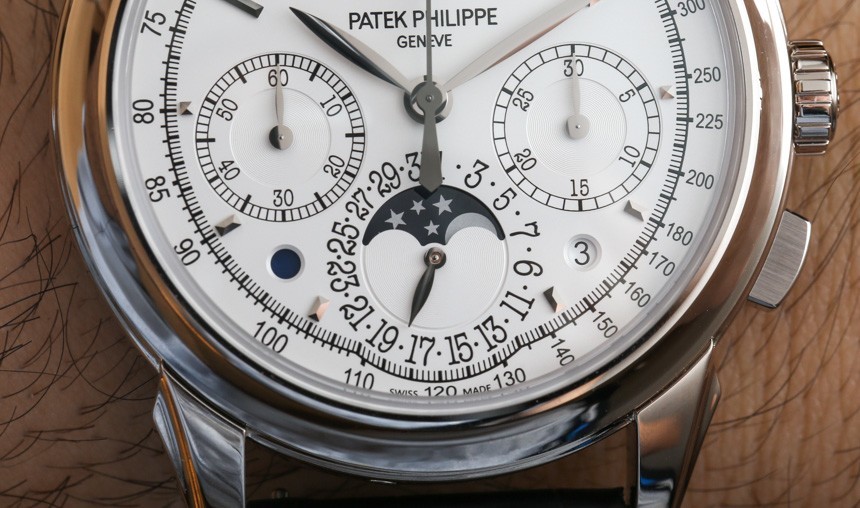
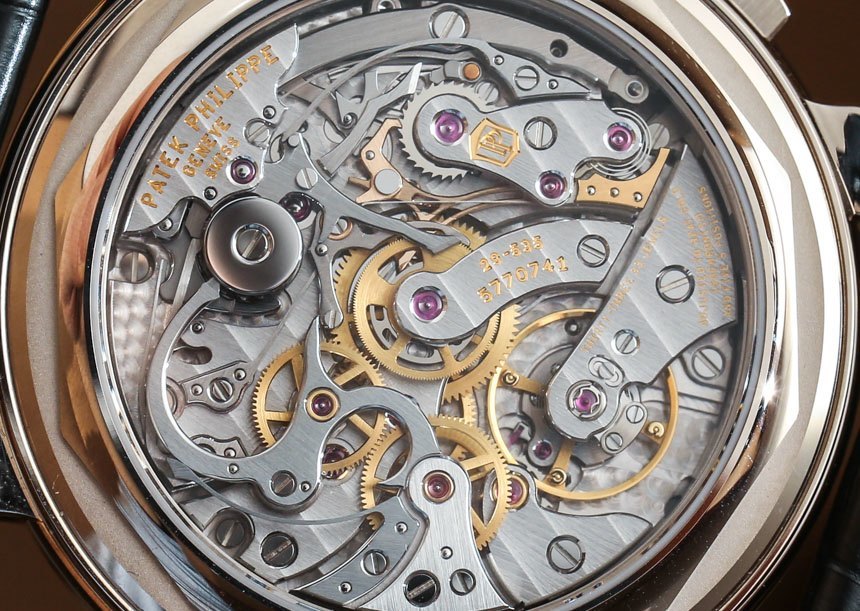
Decorative elements on the Patek Philippe 5270 or 5271 case are minor but they do exist. Note, for example, the slightly flared lugs that give the overall design a bit more character. There are the sportier rectangle versus round chronograph pushers as well. Patek Philippe also makes sure to give the 18k while gold or platinum a milkier, versus mirror polished, surface finish to ensure a graceful yet decorative look on the wrist. Attached to the Patek Philippe 5270 and 5271 watches are black alligator straps with Patek Philippe logo buckles on the deployant clasps. Don’t go swimming with them, as the cases are water resistant only to 30 meters.
For many watch lovers, timepieces like the Patek Philippe 5270G or 5271P epitomize a high-point of design and class. For other people, they represent tasteful history that today feels boring, given the more progressive designs of other brands. Having said that, no one entered a Patek Philippe store looking for anything edgy or artistic. Owning one of these is buying history to the degree you are investing in timeless design that will remain attractive to a lot of people long after you are dead – which really goes to Patek Philippe’s main theme. Understanding Patek Philippe as a brand is the starting point to helping people understand watches like the Patek Philippe 5270. That said, with its more modern 41mm wide case size and lovely looks, this is among the top Patek Philippe timepieces these days if you have the resources for one. The Patek Philippe 5270G models are priced at $176,300 and the Patek Philippe 5271P-001 with diamonds retails for $280,000. patek.com

